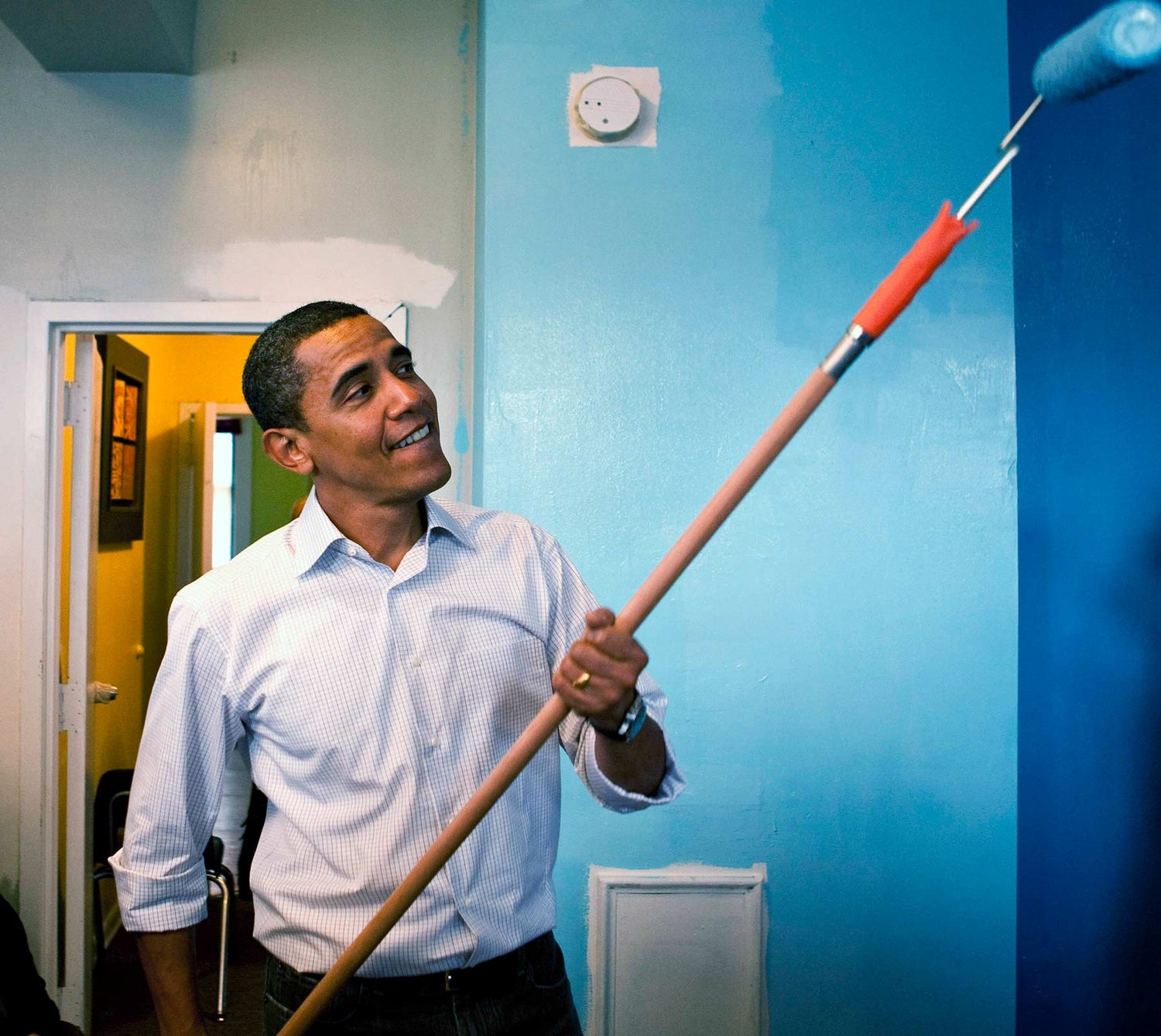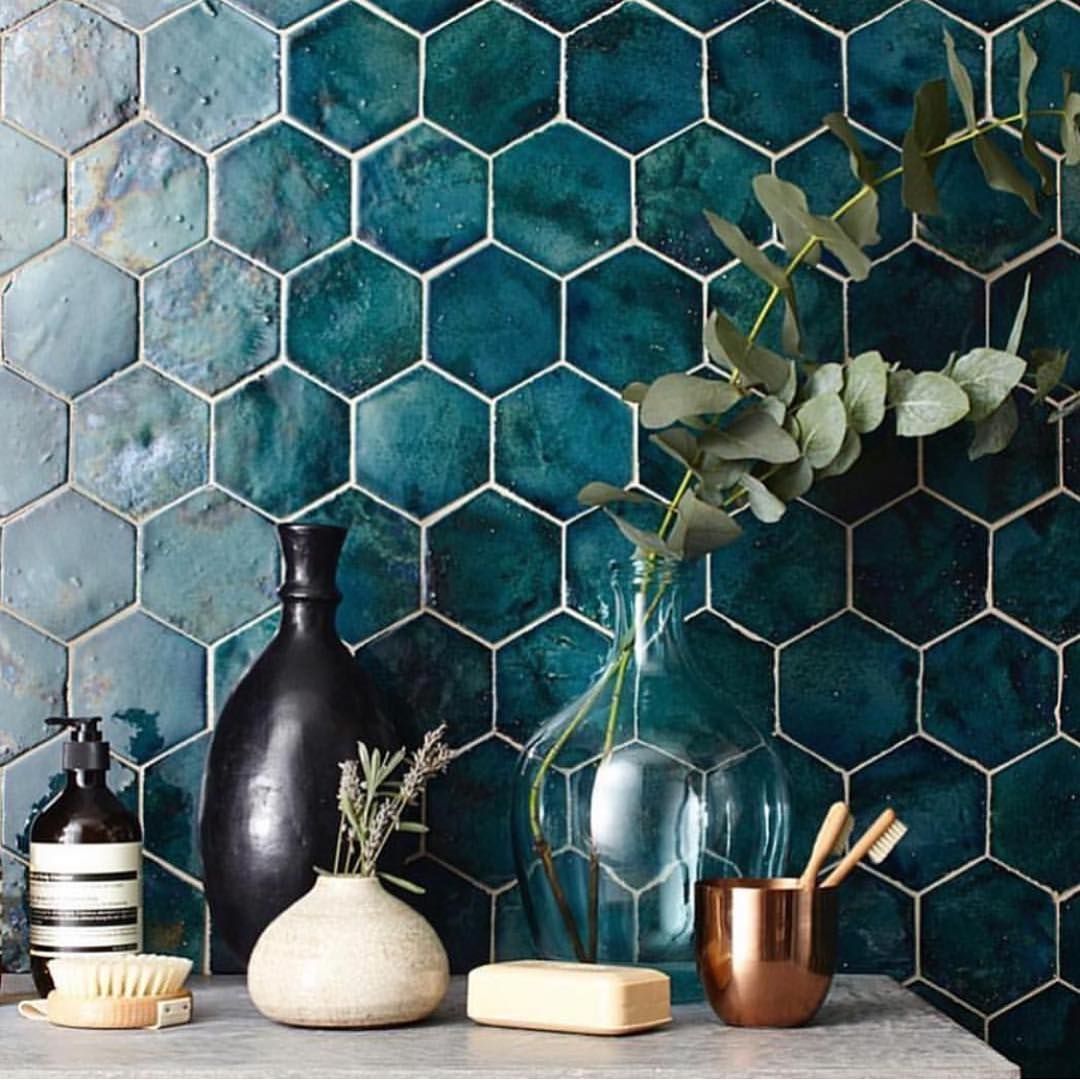How to Properly Paint a House Interior: Step by Step Guide

Brushing is a job to others but if you are on a budget it could be a game to do it your own way, This a comprehensive guide on how to paint like a pro from Maramani
The very initial step in painting is estimating how much paint you need, grab a tape measure and measure all the walls ready to receive the painting, usually one gallon of paint covers 400 square feet
Painting Checklist
Materials
- Interior emulsion paint - also known as wall and ceiling paint
- Decorating cloths
- Masking tape
- Primer paint in some cases
Tools
- Tape measure
- Paint pad and paint pad tray - if needed
- Stepladder or work platform
- Retractable knife
- Paint kettle and paint kettle hook - to keep your paint in place whilst you work at height
- Paint roller, sleeve, and trays
- Roller extension poles - useful for both ceilings and walls
- Paintbrushes
- Paint can opener alternatively you can use the flat-head screwdriver
- Paint stirrer/ a stick would do
- Paint guard - also known as a decorating shield
- Radiator roller - if needed
- Roller cleaner
Safety kit
- Decorators overalls - to keep your clothing clean
- Shoe covers - to avoid treading paint into other rooms
Before starting the actual painting have someone assist you in moving furniture outside or to the center of the room in case of heavier furnishings, cover them with drop clothes to avoid accidental staining,

If you intend to paint the ceiling disengage the chandeliers and all lighting fixtures, that way, you will work faster
Prepare your walls
It's necessary to allocate a few hours prepping your walls; patching holes, cleaning, and sanding are all relevant to achieving the best result. This isn't the fun part of painting a room, but it is the most important part. No paint, regardless of its cost, color, thickness, or manufacturer's claims, will hide a cracked surface.
You will need a few tools for the preliminary works
- Filler & spatula - Use to cover any holes.
- Metal paint scraper - Use to scrape off any peeling or cracking paint (if necessary) before sanding.
- Fine 80 grit sandpaper - Use to even out rough texture and smooth down any bumps, choose one that indicates suitability for plastered surfaces on the packaging
- Mild soap & water solution - Use to clean any dirt or grease off walls before priming.
- Painter's tape - Use to tape off borders so paint doesn't bleed into areas you are not painting; also use painter's tape to cover hardware and outlets.
PAINTING
Step 1
If surfaces have been freshly cemented or are discolored from nicotine, rainwater or mould decay, offer a sealer or prime coat first. This extra step will help the paint to adhere to the surface and will minimize the total number of coats required.
Prime coat sometimes known as stain blockers. will help to reduce the likelihood that staining will leak through the top coats of paint over time so that you won't need to repaint in the near future. For freshly plastered walls, choose a specialist plaster sealer.
Step 2
Cut in around the edges of the room.
SThis will include;
- coving ( top of the wall meets the ceiling )
- skirting (where the bottom of the wall meets the floor )
- windows and door frames.
- You may also have light switches, sockets, heaters and radiators you'll need to cut in around.
Use a good quality 38mm (1½”) or 50mm (2”) precision tip or angled brush for this. These brushes should help you to paint a neat, straight line.
Step 3
Pour emulsion paint into the storage of the paint tray until it is approximately one-third full. Dip the roller sleeve into the paint, and spread evenly by rolling it firmly on the ribbed incline of the tray. To reduce splatters as you work, avoid overloading the sleeve with paint.
You can use a roller with or without a roller pole to paint walls - whichever you find most comfortable. A roller pole can make it easier to reach the top of the wall, but you can also use a step ladder or work platform to reach if you prefer.
Step 4
Work out from the ends by rolling paint in 1m wide ‘W’ patterns and go back over the W to fill in the open areas. The intention is to apply the paint evenly and always work from a 'wet' edge.
Always work from top to bottom

Step 5
Once you get some paint on the walls you can go back along the edges. Turn the roller sideways to get really close to the ceiling and baseboards.
To remove buildup and runs, lightly roll over the painted area from the ceiling down to the floor. Apply very little pressure.

Now that you've finished your painting, it's time to give your brushes and rollers a good clean so they're ready for use next time.
By Polycarp Bosire








1 comment
hvxcxjkfee
Muchas gracias. ?Como puedo iniciar sesion?
Leave a comment
This site is protected by hCaptcha and the hCaptcha Privacy Policy and Terms of Service apply.